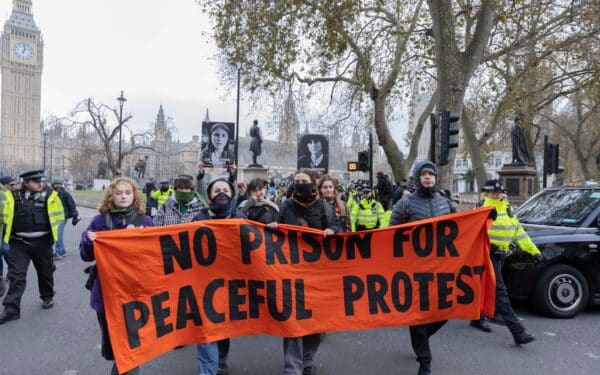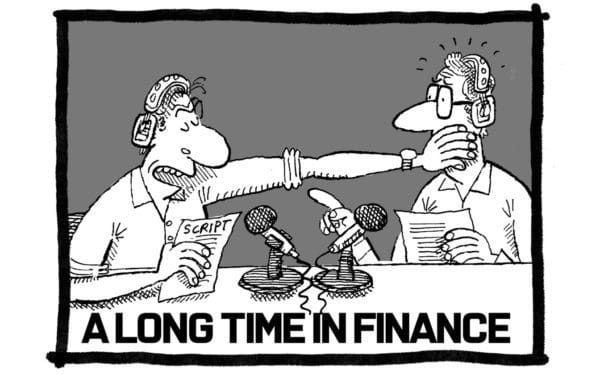A personal view from Ian Stewart, Deloitte’s Chief Economist in the UK. To subscribe and/or view previous editions just google ‘Deloitte Monday Briefing’.
Surging energy prices are the greatest problem facing governments in Europe. Across the continent, governments have deployed a range of tools, from tax cuts, price caps, increases in welfare benefits and rationing to try to counter the effect on households. As energy prices rise, new measures keep emerging.
Addressing the cost-of-living crisis is by far the most urgent problem facing Britain’s new prime minister on their arrival in Number 10 next Monday.
The numbers are breathtaking. The average UK energy bill rose from about £1,300 in March 2021 to just under £2,000 in April of this year and will reach over £3,500 this October. Cornwall Insights, an energy consultancy, estimates that by April 2023, the average bill will hit just over £6,600. In just two years the cost of heating an average home is likely to rise five-fold, by over £5,000.
The Resolution Foundation estimates that the average energy bill in January will reach about £600. People with direct debits spread the cost of peak energy bills through the year, but 4m households on prepayment meters have to find the cash.
EDF Energy UK calculates that half of all households face fuel poverty this winter, a figure that will rise next year. (Fuel poverty is defined as spending in excess of 10% of net household income on fuel). Last week the Citizens Advice estimated that in the light of the increase in the energy price cap 24% of UK households will be unable to afford their energy bills this October.
That there is a huge problem is not in doubt. What to do about it is less clear.
The ideal package, at least to this economist, would shield at-risk households at the lowest cost and would try to minimise the boost to demand, and, therefore, inflation and interest rates.
There is no money “behind the sofa” to help households. The Institute for Fiscal Studies (IFS) notes that the £30bn of fiscal headroom, resources available for spending or tax cuts, that existed in March has been eaten up by rising inflation. Just to avoid real terms cuts the government will need to channel an extra £30bn or so into debt interest, pensions, benefits and spending on health, education and other departments. To finance extra help with energy bills the government will either need to raise taxes or borrow.
The UK public finances are already stretched. Public debt has risen from about 40% of GDP before the financial crisis to over 80% after it and, in the light of the pandemic, now stands at 96%, the highest level since the 1950s. With the Bank of England forecasting a recession, public borrowing is set to rise, with extra help for energy costs adding to the tally. Unlike the financial crisis and the pandemic, interest rates are rising, adding to the burden of serving debt.
High energy prices could be here to stay that means any government support may need to be extended to avoid a cliff edge as support ends. That provides another reason for trying to find a relatively targeted, lower-cost solution, especially since the Office for Budget Responsibility (OBR) has warned that the public finances are already on an unsustainable long-term path.
The government has already committed £30bn to help households with earlier rises in energy prices. At the time most measures were announced, in May, it was seen as a comprehensive package that would protect most lower-income households from higher energy prices. Prices have risen almost 50% since then rendering that package inadequate. In the light of the increase in the price cap, the IFS estimates that out-of-work working-age benefit claimants are likely to see their real income fall by £12 per week.
There is no ideal package. All decisions involve trade-offs and compromises. Tax cuts tend to help higher-income households more than those on low incomes. Freezing all bills, as opposition parties suggest, is expensive (£36bn this year and even more next) and goes to everyone. Any scheme that reduces bills directly, so energy prices to consumers are lowered, reduces incentives to conservation. Using the benefit system to channel help alone misses those “just about managing” households on lower incomes. Dreaming up alternatives to tax cuts or benefits to help lower-income earners adds complexity.
Last week, the Resolution Foundation floated two potential schemes for helping households.
One relied on cutting energy bills for those on benefits and on incomes of less than £40,000. The estimated cost is £15bn and would help 94% of the poorest half of households. But it would be administratively complex, requiring eligible people who are not on benefits to apply for the help via their energy companies who would then cross check salary data with the tax authorities.
The second, simpler, lower cost but politically contentious alternative advanced by the Resolution Foundation would be to cut everyone’s bill and claw back some of the cost through raising income tax. Tax rises would counter some of the stimulatory effects of higher government borrowing, easing the pressure on the Bank of England to meet easier fiscal policy with higher interest rates.
This briefing has only covered energy costs. When you consider that many other prices are rising fast too, the case for action mounts. Food prices have risen 12.7% in the last year, transport costs 15.1% and insurance costs up 13.6%. Inflation is bearing down hardest on the lowest income groups. The IFS estimates that in October the poorest fifth will face an inflation rate of 18% compared with a rate of 11% for the top fifth of households.
The Bank of England foresees a greater squeeze on household spending power over the next year than was seen either in the pandemic or in the financial crisis. In a situation like this only government action can make a real difference.
For the latest charts and data on health and economics, visit our Economics Monitor:
https://www2.deloitte.com/uk/en/pages/finance/articles/covid-19-economics-monitor.html

Ed Miliband’s statist Great British Energy is a car crash in the making
A monolithic state behemoth is far from the ideal vehicle for effective energy transition.



